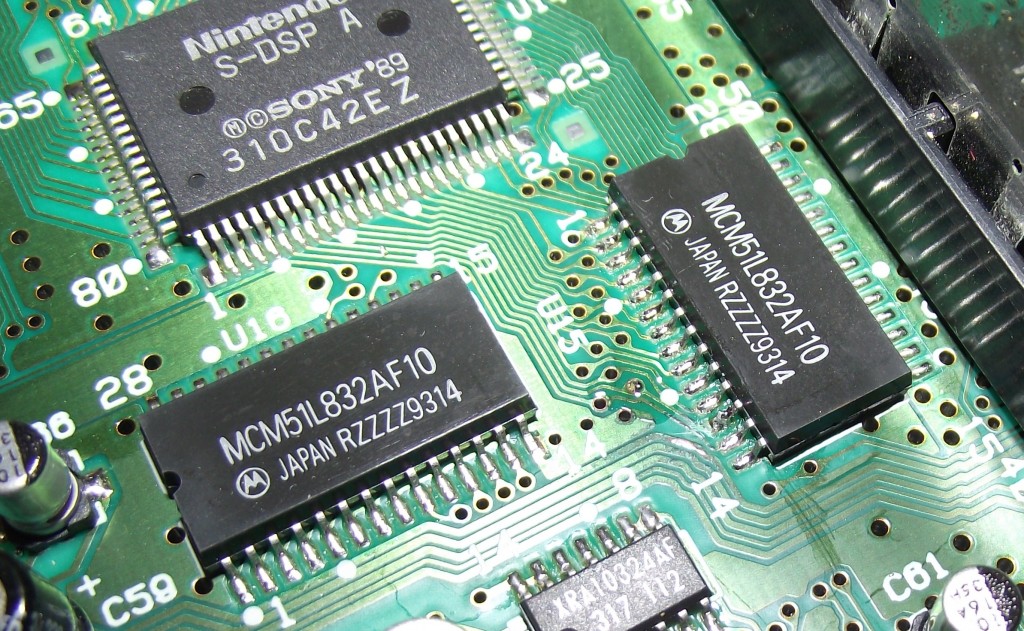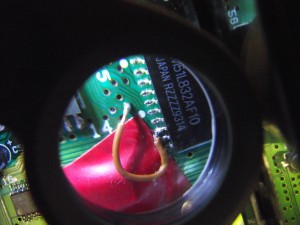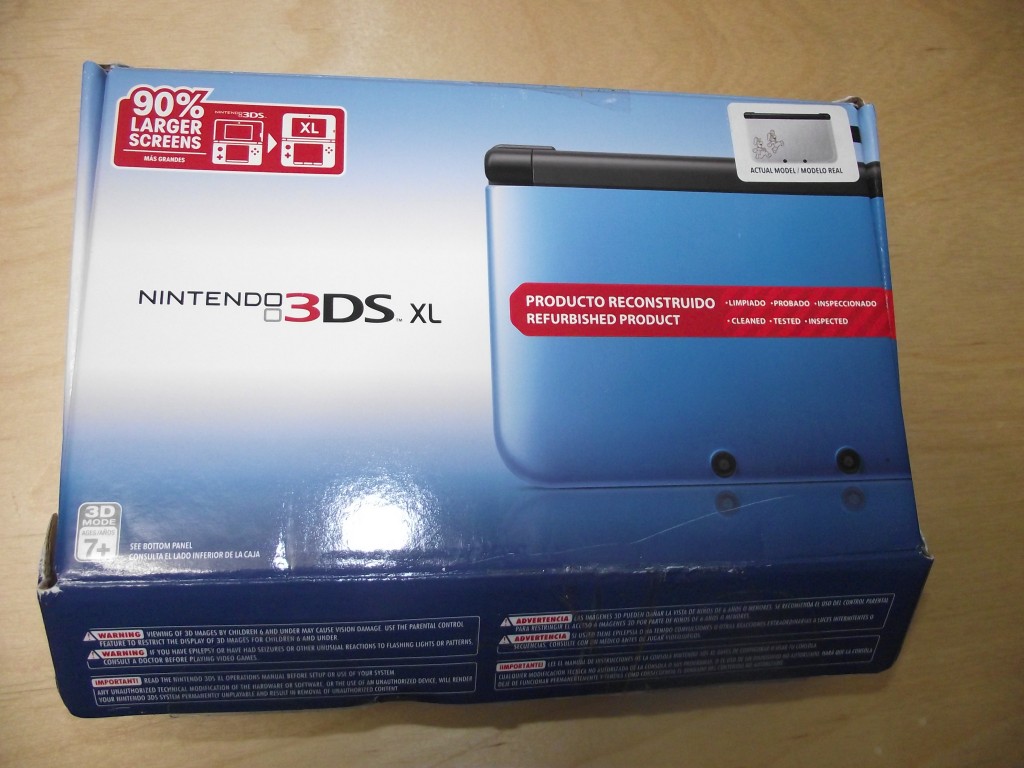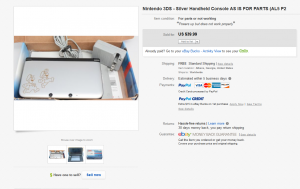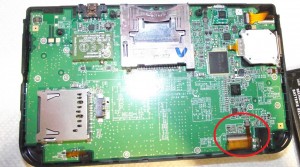One of the most common problems people seem to have with Super Nintendo consoles is they find that the console powers on but only displays a black screen with no audio, even with known good games. I don’t have a tremendous amount of experience repairing Super Nintendos, but it is something I do occasionally for fun and because I find that I usually learn something in the process. I generally stay clear of consoles with this type of problem though, since it could be caused by just about anything. Determining the exact cause can be next to impossible. Normally these boards look perfectly fine visually, so figuring out where there’s a broken trace can take forever. They’re usually not worth repairing. Sometimes, however, you get lucky and there’s something very obviously wrong that you can see visually. It still may take some careful inspection with a magnifying glass, but if there are any signs of corrosion or other damage, it’s always worth trying to fix it, even if it doesn’t look that bad visually or strike you as something that’s likely to be the cause of your problem.
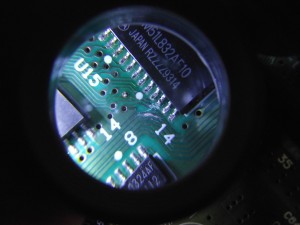
You can see here I’ve put down a bit of solder along a trace running near U15. This trace had been broken due to corrosion, but it was so tiny that, rather than fix it with a wire, I just lay down a bit of solder along the broken length of it to repair the problem.
I wish I had taken a photo prior to the repair, but the opening photo up above shows the area where I found damage on this GPM-02 board. There are two audio RAM chips in the opening photo. U15, shown here to the left, is the one where there was a problem. Pin 12 of U15 had a bit of corrosion on it. I checked for continuity between it and the via it was going to and the connection was not totally broken, but it wasn’t exactly sound, either. If I fiddled with the multimeter probes I would get continuity, but it wasn’t consistent. Something told me to try using a wire to connect pin 12 directly to that via, just to see if it would help things. I put a bit of flux in the via, insert the tinned end of a small wire into it, crossed my fingers, and hoped that the solder would flow into the via and secure the tip of the wire in place. Fortunately it worked out as I had hoped and I was able to solder the other end of the wire to pin 12.
Without really thinking there would be any improvement, I went ahead and tested the console. To my surprise my test game worked fine. I then tested with about a dozen other games and they all worked. I was very surprised that this broken trace would cause a black screen for all games. Since mostly audio-related stuff goes on in this area of the board, I would have expected that symptoms of this type of damage might have been games playing but without any audio.
In the end, I’m not sure if the damaged trace running near U15 actually had anything to do with the black screen problem. It was the first thing I noticed though when I opened the console, so I thought scraping away the corrosion and patching it was worth a shot. Fixing it alone didn’t solve the black screen problem though. Before reassembling I tested the console without the wire from pin 12 to the corresponding via and was able to reproduce the black screen problem, so a bad connection to/from pin 12 was clearly responsible for the issue. The other damaged trace may not have even been bad enough in the first place to cause a problem.
Though it looks pretty sloppy, when reassembling the console I simply placed a bit of electrical tape over the blobby length of solder on the patched trace. The console has been working fine for some weeks now, so it seems nothing is shorting.

